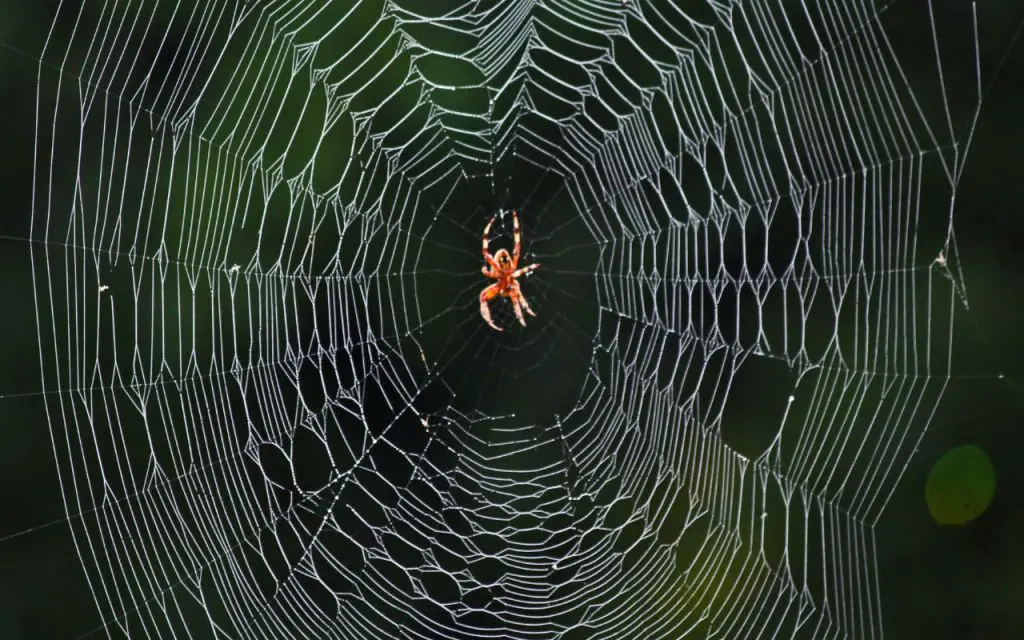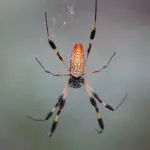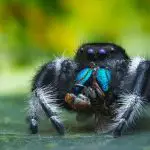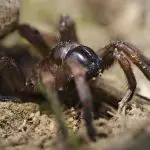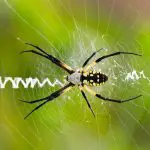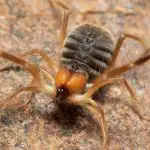Last updated on February 1st, 2023 at 09:58 am
How do spiders make webs? They follow a detailed plan, that they know off by heart. They’re almost like little engineers, building a new house every day…
Spiders start their webs by flinging numerous lines of their silk thread into the winds. The wind picks up this long thread and carries it to a neighboring item. The spider can now begin constructing the web’s frame after securing the first line.
After the cobweb has been almost finished, it goes back and adds more sticky threads to the footholds, leaving just enough in the center for the spider to wait for its victim. Spider silk can be attractive in its own right in addition to having the practical traits of high tensile strength and flexibility.
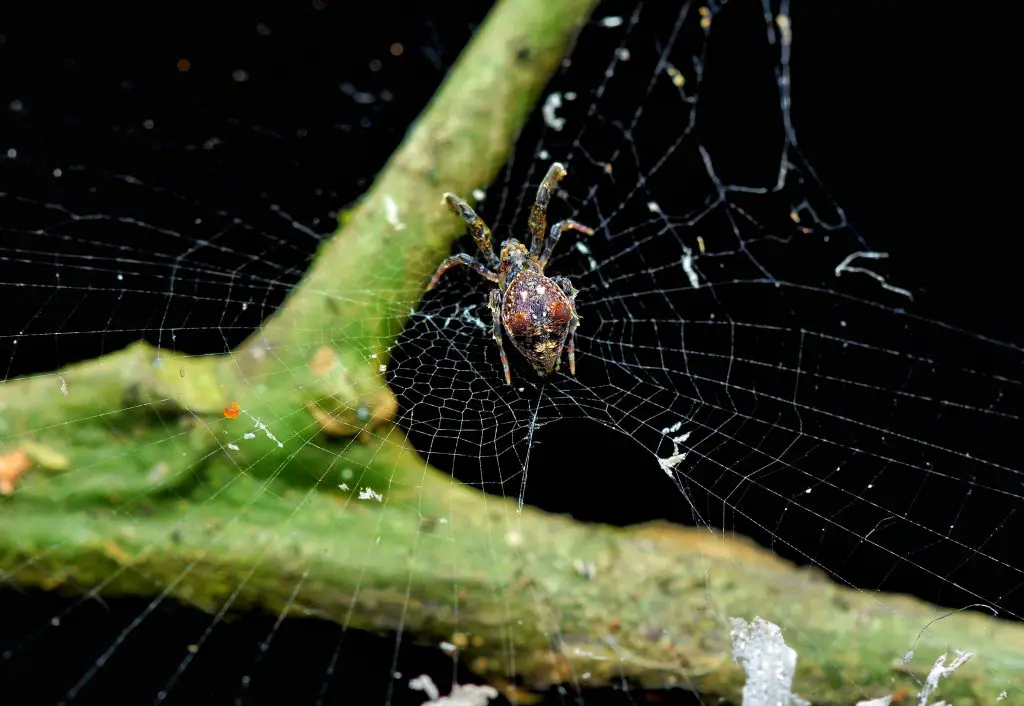
How Does a spider spin a web in 5 steps?
Step 1: They begin by casting a silk line known as a bridge thread into the air in the vain hope that it may hook onto something.
Step 2: Once that’s nailed down, they start working on the web’s primary framework, which concludes with a spiral.
Step 3: Here’s where things start to get a little sticky, figuratively speaking.
Step 4: The spider applies a fresh superglue spiral using that spiral as a template.
Step 5: Currently, the spider only needs to wait for its next meal while sitting still.
A spider needs between 30 and 60 minutes to weave a web. Spider webs are extraordinarily powerful, but they don’t necessarily last for a long time. Mother Nature consistently wreaks havoc on them. Some spiders produce brand-new webs each day.
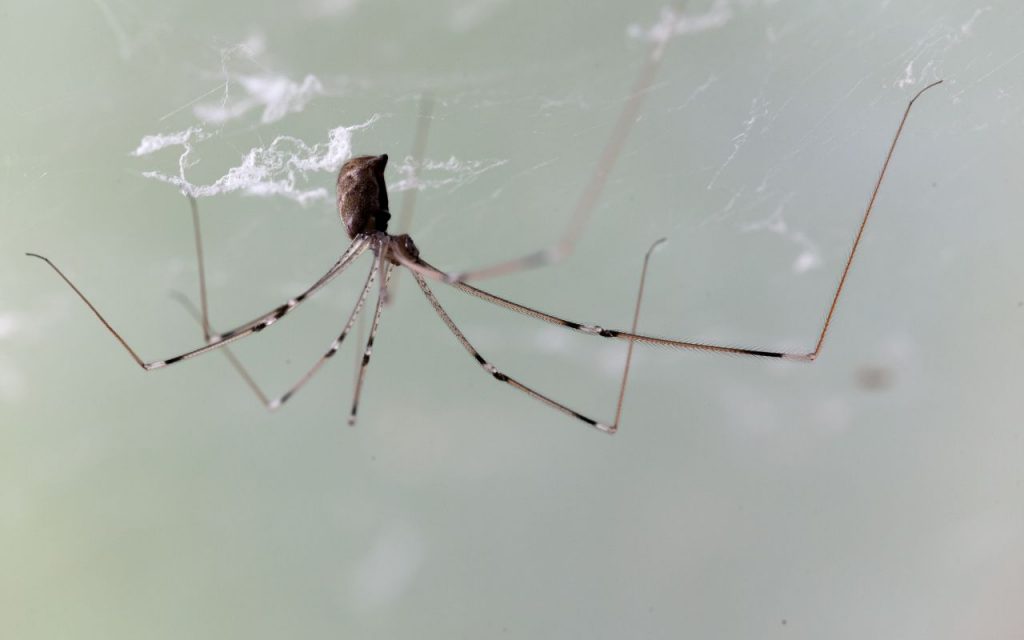
How do spiders spin webs across open spaces?
The spider’s capacity to solidify liquid silk inside of its unique glands is the key to the solution. The spider accomplishes this by physically squeezing the silk through its spinnerets, which are structures on its abdomen that secrete silk.
The spider begins spinning the thread and raises its spinnerets into the air. The spider’s capacity to spin a web from one branch to another or in any open space is dependent on the breeze.
It’s easy to carry around spider silk. The thread can travel a great distance or from one tree to another with the help of any gentle breeze, even convection currents from a patch of ground heating in the sun.
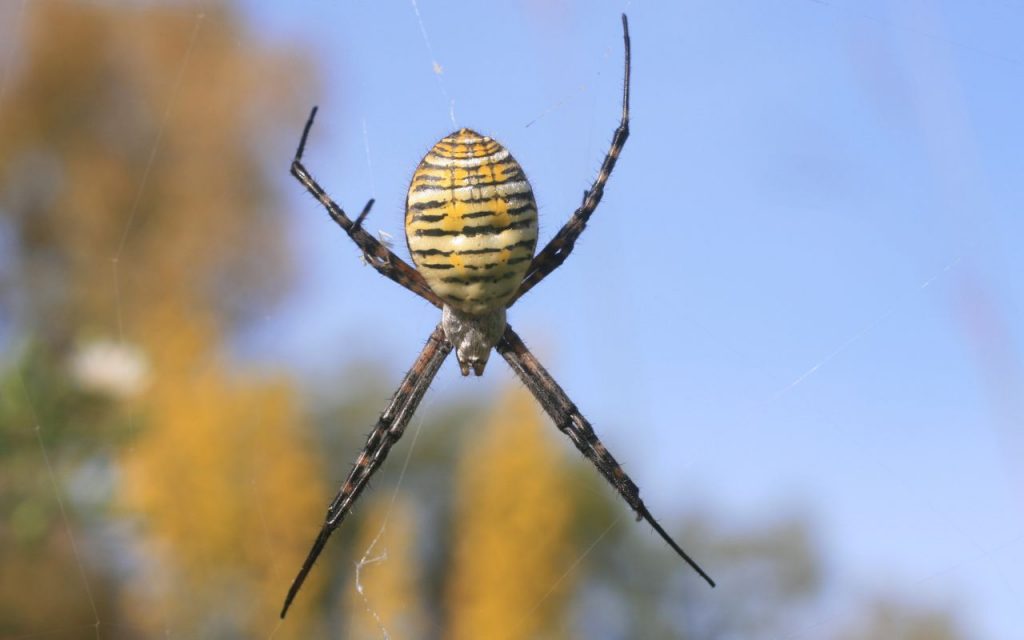
Do all spiders spin webs?
Not all spiders spin webs. Even though all spiders make silk, not all of them form webs to capture their prey. Webs are structures made of silk that are used to trap animals.
For example, spiders that don’t weave webs may attack their prey from a hole in the ground (like trapdoor spiders), watch it, and then leap on it (like jumping spiders).
Silk is still used by those who don’t create webs, but for different things.
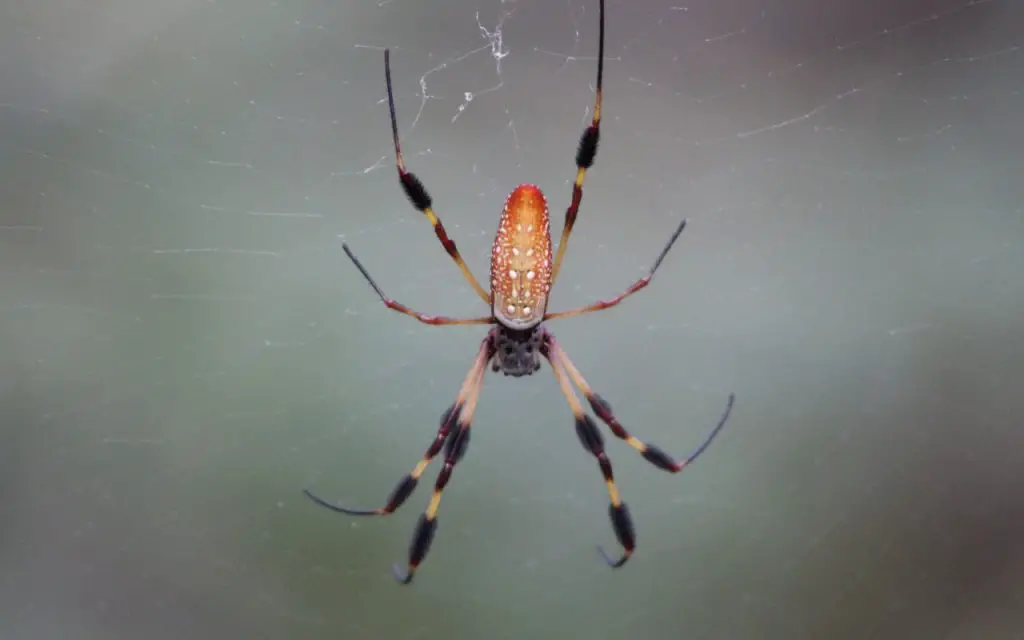
How do spiders make their silk?
Spider silk is composed of interconnected protein chains that contribute to its strength and elasticity. The substance is created in internal glands, transitioning from a soluble to a hardened state before being spun into fiber by the spinnerets on the spider’s abdomen.
The several spinnerets and eight legs of spiders are useful for spinning webs.
Do spiders ever run out of silk?
Silk is a natural fiber composed of protein that spiders use to weave their webs. Spider silk is valued for its great tensile strength and extensibility, but it can also be attractive on its own.
Spiders occasionally run out of silk, although this does not happen as frequently as you might assume. In fact, due to the aforementioned glands that produce silk inside their bodies, spiders typically do not run out of silk.
When their webs get stale, spiders will occasionally consume the threads to recycle the resources. Spiders receive the protein components from their meals.
To answer your question, Miss Spider may have been “running out of silk” if she hadn’t been able to refill her supplies, thus it appears that this is true.
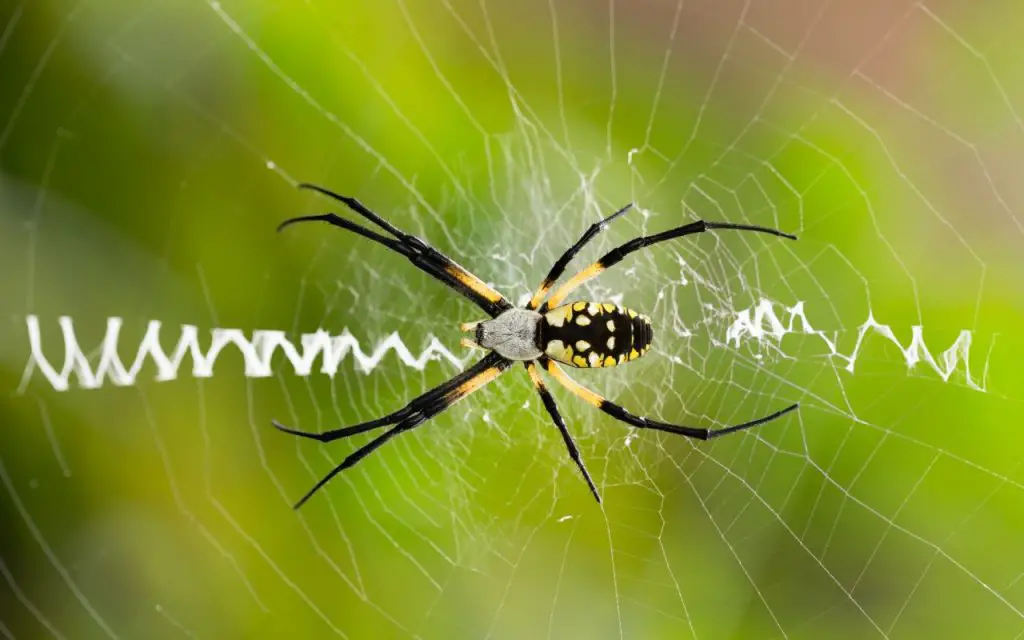
Do spiders make webs from their bum?
When creating their webs, spiders also move their butts. Spiders choose an anchor point, such as a branch or curtain rail, and discharge silk from their abdomens to begin weaving their webs.
They wiggle their bums with their legs to release the silk, which they then firmly place in the desired location. Then, the spiders begin to sway back and forth, adding silk and wriggling their hind legs. It’s nearly adorable.
The dominant force is gravity since it is constant. Since spider webs have relatively very open spans compared to textiles’ fine weave, it may have a role in spider webs where it is typically overshadowed or counterbalanced by other pressures.
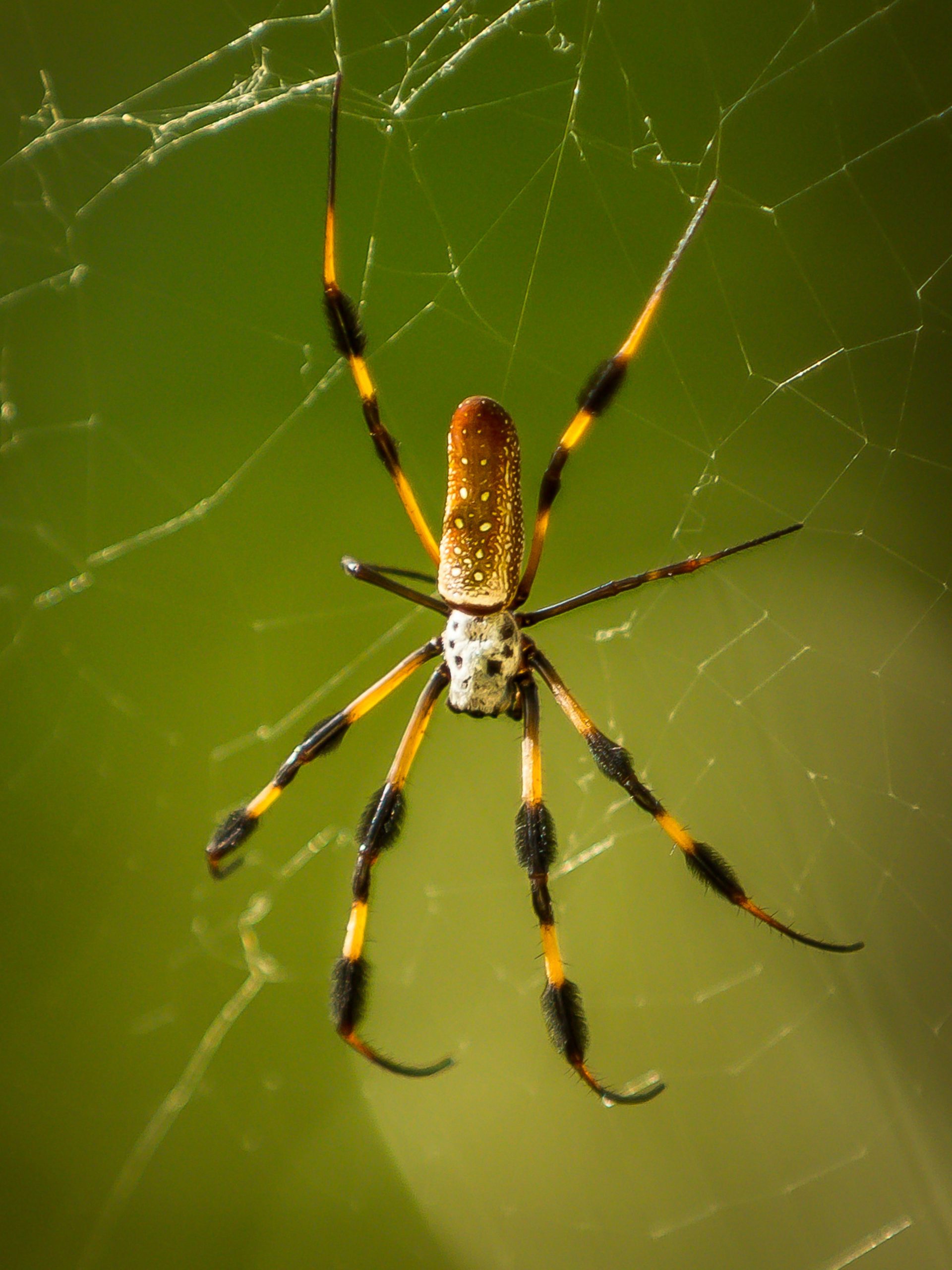
Do spiders defecate?
Spiders do indeed excrete waste. Any organism that eats must get rid of waste. Like with living humans, their digestive process results in poop.
Insect shells are not digested by spiders. Instead, when they’ve eaten, they toss them up. This indicates that a spider won’t have to pass any tough objects through its body to digest them. Their excrement is so runny that it resembles ink.
Spiders only have one opening in which they can expel waste. For a spider, pee and excrement are mixed into one waste product that exits through its anus.
How do spiders make webs video
Spinnerets are organs found on the abdomen of spiders, typically on the underside toward the back. These are the organs that spin silk. While some species have more spinnerets than others, the majority have a cluster.
Each spinneret has a group of spigots, which resemble nozzle-like structures. Each one releases one silk thread.
Spider web facts
- There’s a reason why spiderwebs are sparkly:
Many insects can see more clearly in UV light wavelengths. Spiderwebs are substantially more UV-reflective, which might draw insects. The ornaments may also imitate vegetation gaps, which are more conducive to flying insects.
- Spiders can cooperate:
While most spiders live alone, some form social groups and create huge collective webs. Colonies, which can number in the thousands of members, cooperate to incapacitate creatures caught in their webs and share the harvest among themselves.
- Spiders frequently change their web:
A lot of spiders completely replace their webs each day. The energy required to produce larger webs increases for the spider with each rebuilding, which adds up quickly.
- Spiders can appreciate good design:
Some spiders deliberately beautify their webs with additional silk motifs known as stabilimenta, especially the huge family of orb weavers.
You can also observe how spiders make their web with the naked eye. Since most spiders have poor vision, they cannot detect your gaze. Some spiders, though, have good eyesight, so they might be able to detect your gaze if you turn to face them. However, most of the time spiders are simply assessing you and their surroundings to determine how to proceed.
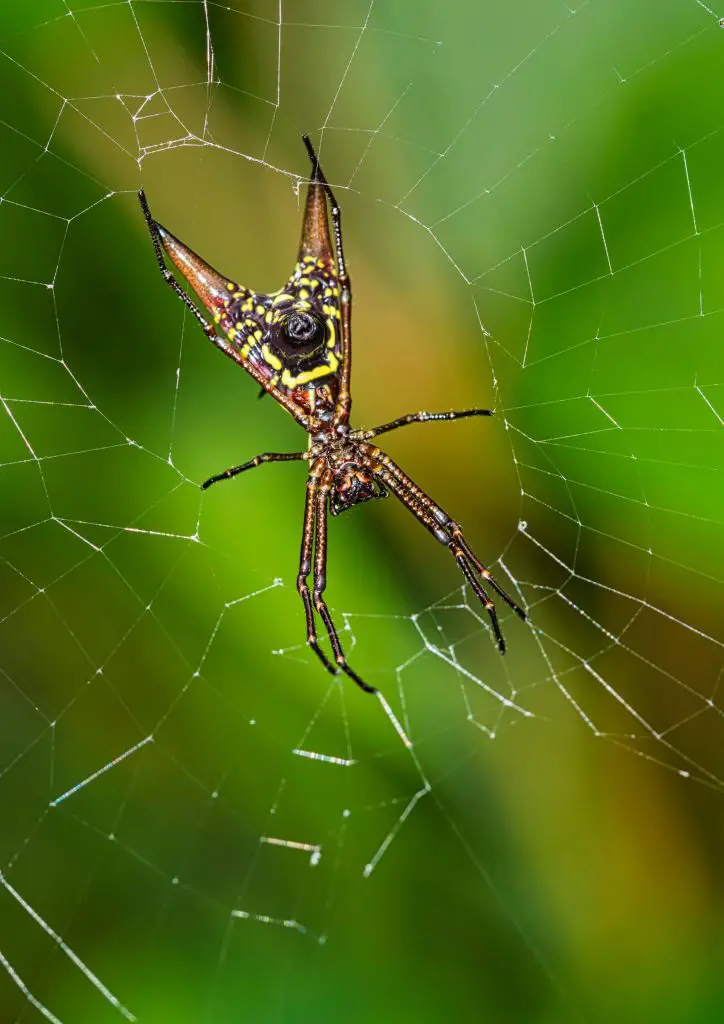
FAQ relating to how do spiders make webs
How does a spider start a web?
The “bridge thread” is the spider’s initial stage in weaving a web. The bridge thread is a length of silky material that hangs from one place and is very sticky.
When the silk is tugged by the wind, it will adhere to another place. The spider then crosses the bridge thread to form a new thread. The second strand is dragged down by the spider’s weight, forming the web’s focal point.
At this point, the spider starts to move outward in the shape of a spiral. The spider then spins its last spiral web, known as the “capture web,” composed of sticky silk and constructed this time from the outside in.
Do spiders ever run out of the web?
They do, indeed! If a spider has a huge, hostile bug entangled in its web, it could happen. The spider must decide whether to give up on trying to control its “victim” or do so.
They have glands that produce silk on their feet in addition to having them on the spider’s back. And according to scientists, the glands that produce silk on the back of their abdomen are simply modified limbs that were once their legs.
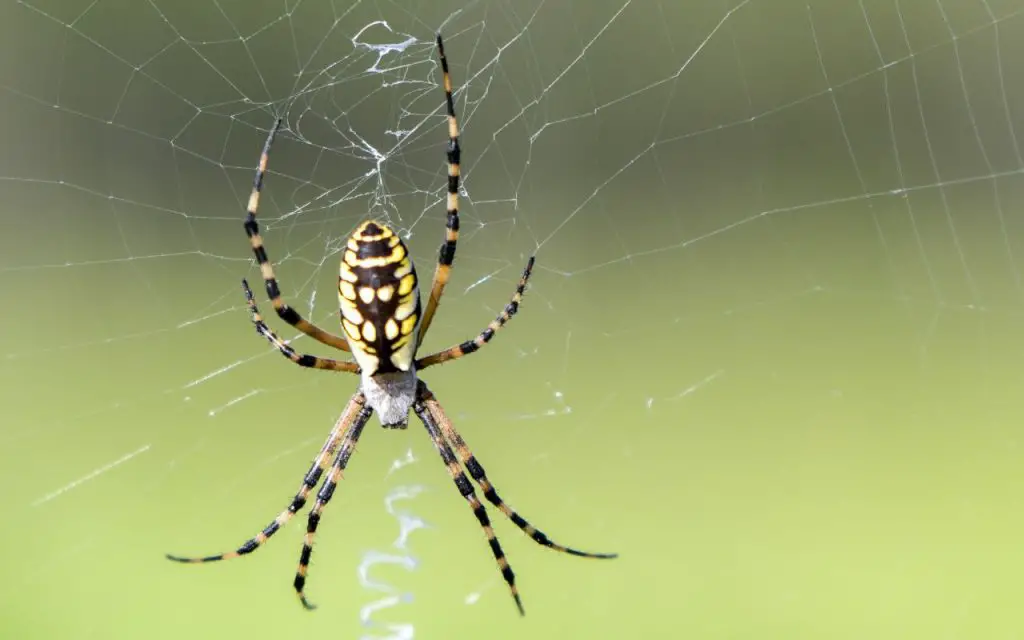
How do spiders build webs across gaps?
Spider’s spinnerets make a very thin, airy strand of silk, which they simply wave in the wind. It will be carried away by the wind, and if it manages to cling on to something farther away, it can begin to weave its web.
Everything is a little iffy; it’s not a sure thing. Once that first, flimsy rope has secured itself, they will climb along it and strengthen that first strut.
Then, to reach the center, they utilize their bodies and footsteps to measure along and count backward from the center.
How long does it take for a spider to make a web?
A spider needs between 30 and 60 minutes to weave a web. Spider webs are extraordinarily powerful, but they don’t necessarily last for a long time. Mother Nature consistently wreaks havoc on them. Some spiders create fresh webs each day.
The destroyed webs of other spiders are repaired. The majority of spiders don’t like to waste their silk. For subsequent use in creating new webs, they frequently devour the damaged webs.

